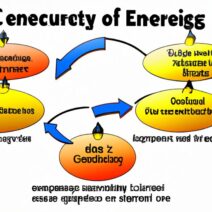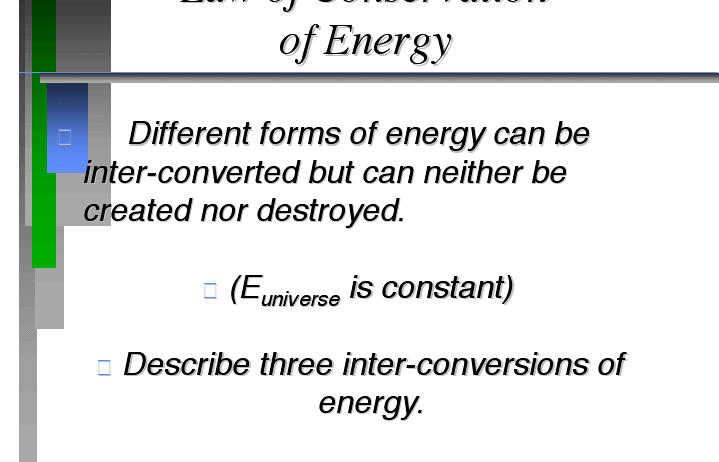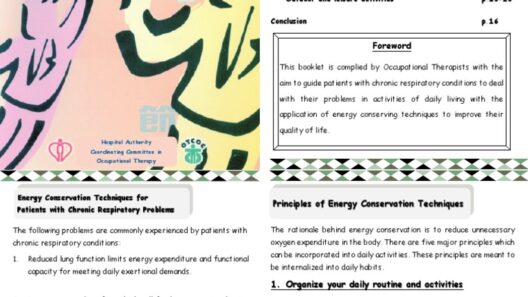The Law of Conservation of Energy is a fundamental principle in physics and biology, positing that energy cannot be created or destroyed; it merely changes forms. This conjecture can be likened to a grand tapestry where every thread represents a form of energy, deftly woven together to create an intricate picture of the universe. Yet, while this law remains robust under many circumstances, its applicability transcends into a realm that invites scrutiny and debate—particularly when one considers the subtleties of energy transformations in both natural and artificial systems.
At its core, the Law of Conservation of Energy asserts that in an isolated system, the total amount of energy remains constant. Energy can be converted from kinetic to potential, or from thermal to chemical, but the sum total remains unchanged. Picture a roundabout: as vehicles navigate through, their speeds vary, but the overall flow of traffic remains constant. This analogy exemplifies how energy transitions between states without an increase or decrease, emphasizing stability. However, the moment we consider external forces or systemic interactions, the trajectory of energy conservation reveals complexities and nuances.
For instance, in the realm of biological ecosystems, energy is conserved in streams of photosynthesis, respiration, and decomposition. Plants absorb sunlight, converting solar energy into chemical energy stored in glucose. When herbivores consume these plants, the energy transfers into new electric circuits of life. The cycle continues with predators, eventually leading back to the soil through decomposers. Despite this elaborate cycle, the energy that enters and leaves this system appears cleverly contained, yet the attempt to extend this model into all scenarios reveals challenges.
Consider the phenomenon of thermodynamics, particularly the second law, which states that entropy, or disorder, in a closed system tends to increase over time. While the total energy is conserved, the quality of energy degrades; energy becomes less available for work. An intriguing metaphor emerges: think of an old book. Though it remains physically intact—its pages, cover, and spine preserved—its contents may become increasingly difficult to decipher as time passes. Similarly, as energy transitions through various forms, its utility diminishes, illustrating the law’s limitations under certain conditions.
Furthermore, the introduction of non-isolated systems complicates the conversation surrounding energy conservation. In real-world applications, such as meteorology or ecology, one rarely encounters a closed system. Take a river flowing into an ocean; the overall system persists, yet energy continuously enters through solar radiation and exits through evaporation and conduction. Here, energy is exchanged with its surroundings, intriguingly shaping our understanding of conservation principles. As natural systems interact with their environment, they highlight the dynamic interplay of energy, where conservation is a mediating force rather than a strict rule.
The technological advancements we’ve witnessed further illustrate the complexities of energy conservation. Renewable energy sources, for instance, exemplify the law in action. By harnessing wind, solar, or geothermal energy, humanity converts natural forces into usable power. Wind turbines capture kinetic energy from breeze currents, releasing it as electrical energy that propels machinery and supplies homes. Yet, the transition comes with energy losses due to friction, heat dissipation, and other inefficiencies, unveiling another layer of complexity. In essence, while energy itself is preserved, its transformation through various mediums often comes at a cost.
Moreover, the realm of quantum mechanics introduces perplexing dimensions to the discussion. At subatomic levels, phenomena such as entanglement and superposition challenge conventional notions of conservation. Particles might appear to exist in multiple states simultaneously, creating conundrums where energy appears in forms that defy classical understanding. Here, the law does apply; however, our comprehension is still shifting, rapidly evolving as researchers delve into the subatomic universe’s enigmatic behaviors.
One cannot overlook the vital discussion surrounding energy in the context of human activity. Our role in climate change emphasizes the urgent need to recalibrate our approach to energy consumption and conservation. As fossil fuels are burned, energy stored in millions of years of decomposed organic materials is released, leading to atmospheric alterations with dire climate ramifications. In this scenario, energy transformations do not abide strictly by conservation laws; instead, they culminate in an excess of heat energy trapped in the planet’s atmosphere, raising global temperatures and catalyzing environmental degradation.
The Law of Conservation of Energy, while a pillar of scientific understanding, is not a panacea. It operates within a framework laden with exceptions and variations that invite deeper exploration. Humanity’s relationship with energy exemplifies both the adherence to and the developable edges of the law. We must recognize the intricate tapestry of energy flows, patterns, and systems that define our world. In moving forward, it becomes imperative to promote energy efficiency, harness renewable resources, and cultivate a new epistemology grounded in the nuances of energy conservation, recognizing its multifaceted implications across ecological, technological, and social landscapes.
In conclusion, the Law of Conservation of Energy serves as a guiding principle in science and a beacon for our future practices. By engaging with its limitations and understanding the broader implications, we can stride towards more sustainable energy practices, minimizing our impact on the planet while fostering a deeper appreciation of the astonishing dynamics of energy throughout the universe.







